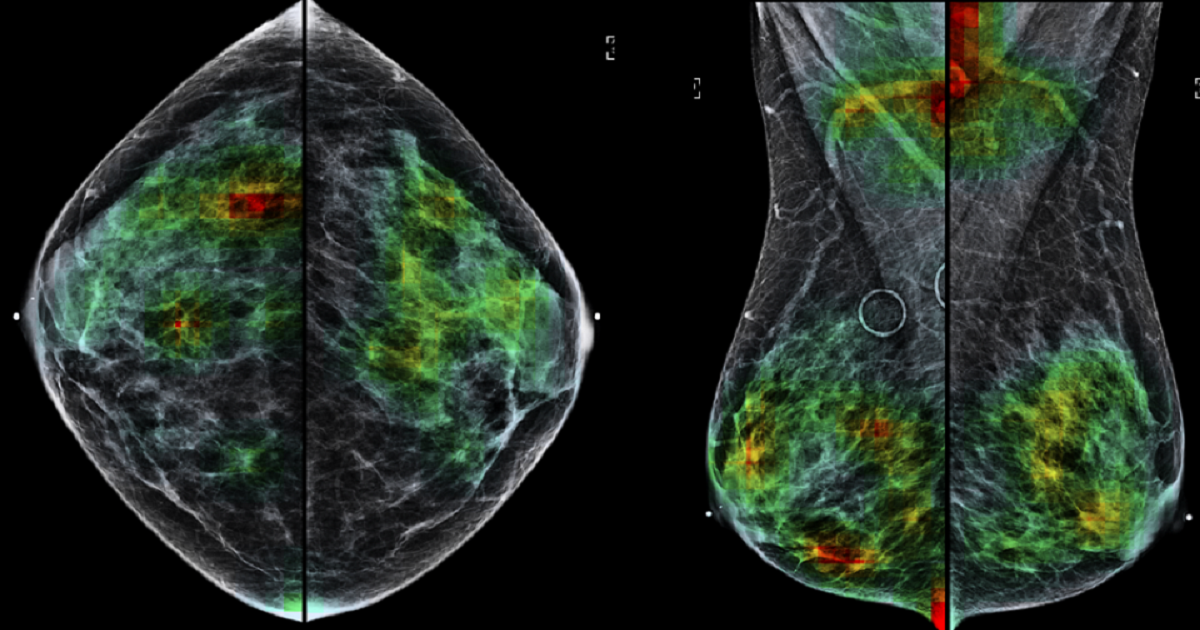Applications of Computer Vision and Image Processing in Medicine
A special issue of Applied Sciences (ISSN 2076-3417). This special issue belongs to the section "Computing and Artificial Intelligence".
Deadline for manuscript submissions: 10 May 2025 | Viewed by 3315

Special Issue Editor
Special Issue Information
Dear Colleagues,
Recent advances in computer vision and image processing, particularly the evolution of deep learning models, have allowed us to solve many problems considered unsolvable just two decades ago. Medicine has swiftly embraced these breakthroughs, with their adoption being widespread.
One of the most prominent applications is in radiology, where computer vision has demonstrated its ability to detect disease with remarkable accuracy by examining X-rays, CT scans and MRIs. Image processing assists pathologists in analyzing tissue samples, dermatologists in diagnosing skin cancer, and ophthalmologists in fundus examinations and retinal scans. Beyond diagnosis, computer vision contributes to the remote monitoring of patients. The ethical dimensions and regulatory frameworks surrounding these technologies are evolving in parallel with their rapid integration into healthcare systems.
This Special Issue aims to attract manuscripts at the intersection of healthcare and technology, emphasizing the pivotal role that computer vision and image processing play in the ongoing transformation of medical practices.
Dr. Hae Yong Kim
Guest Editor
Manuscript Submission Information
Manuscripts should be submitted online at www.mdpi.com by registering and logging in to this website. Once you are registered, click here to go to the submission form. Manuscripts can be submitted until the deadline. All submissions that pass pre-check are peer-reviewed. Accepted papers will be published continuously in the journal (as soon as accepted) and will be listed together on the special issue website. Research articles, review articles as well as short communications are invited. For planned papers, a title and short abstract (about 100 words) can be sent to the Editorial Office for announcement on this website.
Submitted manuscripts should not have been published previously, nor be under consideration for publication elsewhere (except conference proceedings papers). All manuscripts are thoroughly refereed through a single-blind peer-review process. A guide for authors and other relevant information for submission of manuscripts is available on the Instructions for Authors page. Applied Sciences is an international peer-reviewed open access semimonthly journal published by MDPI.
Please visit the Instructions for Authors page before submitting a manuscript. The Article Processing Charge (APC) for publication in this open access journal is 2400 CHF (Swiss Francs). Submitted papers should be well formatted and use good English. Authors may use MDPI's English editing service prior to publication or during author revisions.
Keywords
- automated disease diagnosis
- image-based patient monitoring
- image-guided intervention planning
- medical image feature extraction
- medical image segmentation and registration
- ethical considerations in medical image processing
- medical image datasets
Benefits of Publishing in a Special Issue
- Ease of navigation: Grouping papers by topic helps scholars navigate broad scope journals more efficiently.
- Greater discoverability: Special Issues support the reach and impact of scientific research. Articles in Special Issues are more discoverable and cited more frequently.
- Expansion of research network: Special Issues facilitate connections among authors, fostering scientific collaborations.
- External promotion: Articles in Special Issues are often promoted through the journal's social media, increasing their visibility.
- e-Book format: Special Issues with more than 10 articles can be published as dedicated e-books, ensuring wide and rapid dissemination.
Further information on MDPI's Special Issue policies can be found here.





